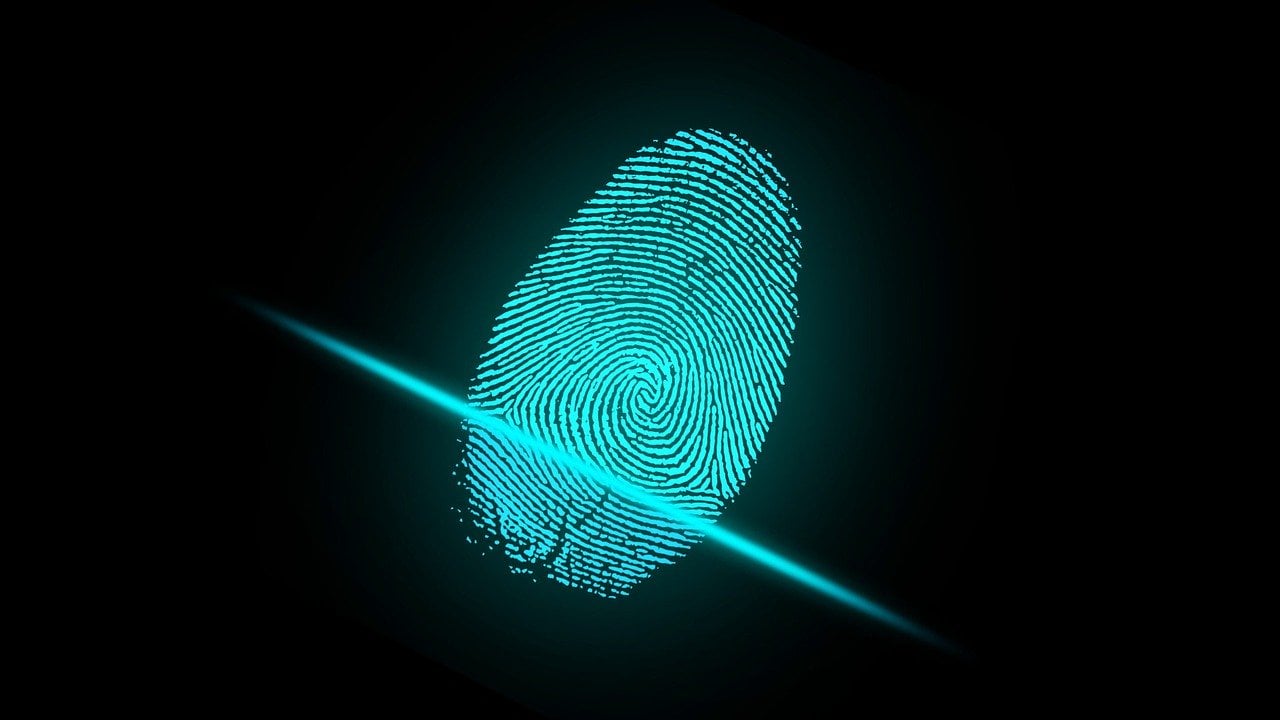There is nothing worse than getting that banking notification that you just spend $999 on something you have never heard of, your stomach plummets and anxiety starts to soar. Identity theft is a growing crisis globally with a shocking 16.7% of all U.S citizens having their own identity theft experience in 2016.
And since then it has only gotten worse.
The good news is that not all hope is lost. With Artificial Intelligence being a rapidly emerging technology, new innovative measures are being taken to help mitigate the risks of Identity fraud, keeping citizens safe.
“How on earth is a computer supposed to do that?” is what some of you may be wondering.
Well, that is exactly what we hope to explain to you throughout this article.
Table of Contents
Using ID Authentication With Machine Learning – A New Environment For Security
One of the most classic versions of identity theft is a thief stealing your ID, or passport – dressing up like you and using it to achieve unspeakable horrors! Okay, maybe that is an exaggeration, but you get the gist.
The reason why this was such a hit back in the day was just because of how easy it was to get away with. The untrained human eye is not capable of picking out the subtle differences between a real and fake ID document.
Which is where Artificial Intelligence and machine learning comes into the picture.
Thanks to AI, we can use machine learning to essentially teach our security bot of what to look out for when undergoing a verification process. Small details such as microprint threads, magnetic strips, OCR, and even the barcodes.
But, that’s just the tip of the iceberg, some companies have also started researching how to implement a new security measure to use artificial intelligence to help with biometrics verifying identities for financial institutions.
Not only will this machine save time, and work more accurately but it will also boost the security of individuals when they share their personal information with companies for whatever reason.
Identifying Suspicious Activity Prior To The Time
Artificial Intelligence is kind of like the Antivirus software on your computer. Granted, a lot more advanced.
Think about it, really.
Your anti-virus has pre-coded “red flags” that it is constantly scanning for. When it comes across an executable program with these traits, it says, “Woah there, wait just one minute. This is in my do not open list”
And hey presto you just got saved from a particularly nasty Trojan giving you hell for the next couple of weeks.
When it comes to identity fraud – AI can take user protection to the next level.
Effective ID authentication is hinged on the metadata within the ID, the processes run to identify the quality of the document – rather than the document itself. By analyzing this information, the software is able to train itself to predict the complex patterns and results.
Through doing this, over time it optimizes its performance and library of information, making it more reliable when it comes to picking out the good from the bad in terms of real and fake documentation.
Thanks to this, instead of only finding out way after your money has been blown, any identity thieves will be caught red-handed as it were, and your identity will be safe. However, there are still a few use-case errors where the system is picking up non-fake Identify documents as red flags. So, we still have some work to go in this department.
Teaching Our Machines Right From Wrong
When it comes to how AI can help battle fraud, we have pretty much just discussed everything there is to it – granted in a pretty simple and watered down way. But, the question is – will we ever get to a self-sustaining point where AI can teach and operate itself to reduce human error and increase the safety of consumers globally?
Currently, developers are improving and redefining the algorithm with three different training procedures:
Semi-Supervised Learning
The first form of learning is supervised learning. Most of the time AI can predict the fake identity documents. However, now and then there are false flags when it comes to old, or worn down passports and identity documentation. Through supervised learning, trained professionals are able to keep the system on track.
Data Mining
This process involves processing large quantities of data at a time. Helping AI adjust and readjust its algorithm to better understand the complex patterns and probabilities not only for fake documentation, but identity theft patterns as a whole.
Regression Analysis
This final form of training is to continuously test, and re-asses the algorithm to ensure it is on the right learning curve and making progress on a daily basis.
Although, we are semi-close to introducing AI as a guaranteed safety net to combat identity crisis, there are still a few kinks to sort out. However, some companies have already made statements regarding implementing AI to protect their customers in 2020, all that’s left now is to wait and see what we can teach that bad boy.










